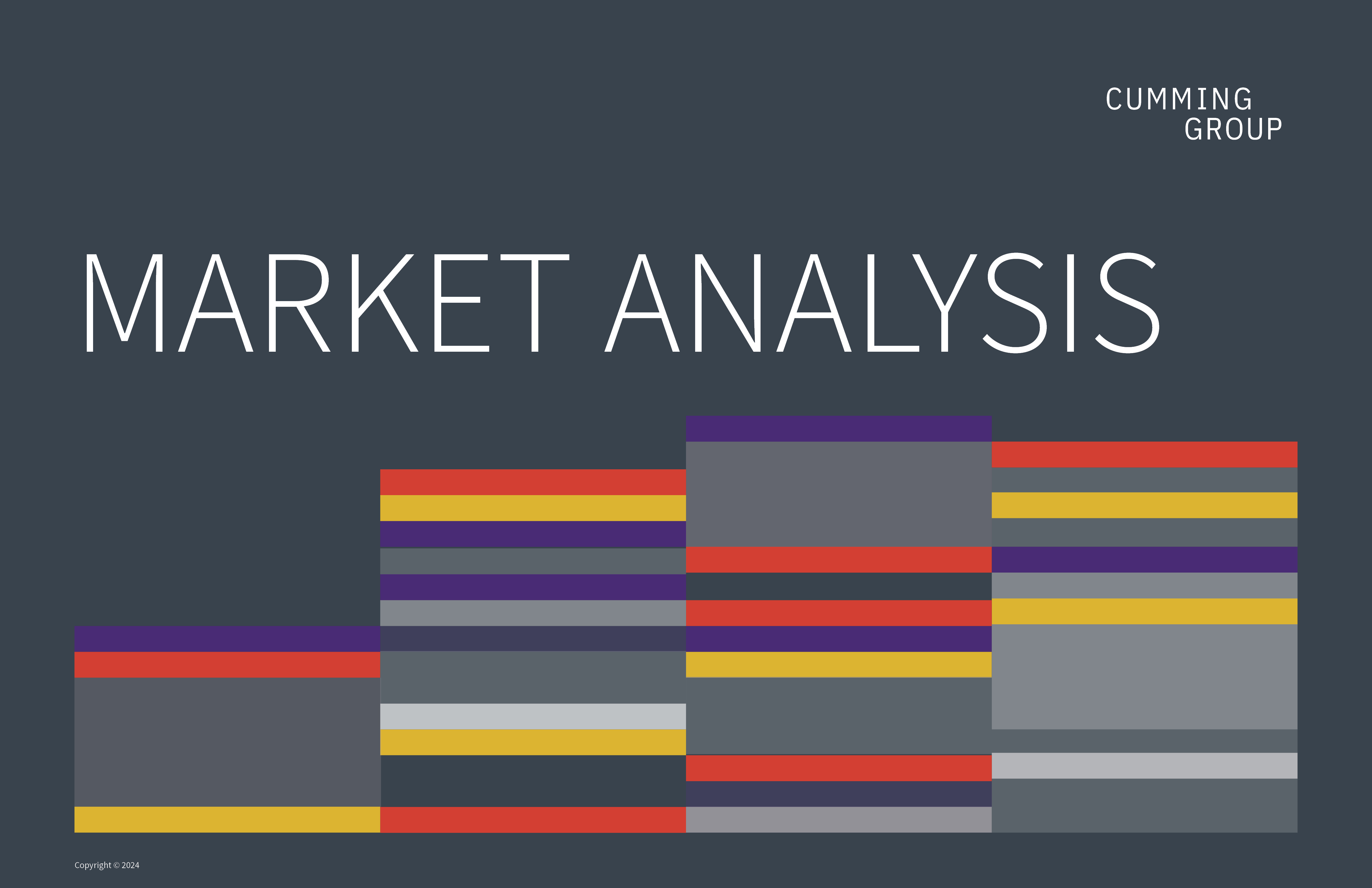U.S. Dollar Index
The US dollar has been trending lower since mid-December when Federal Reserve policymakers unveiled a dovish pivot in their interest-rate projections.
The index at the end of the year was at 101.5, compared to 103.9 before the announcement was made. The dollar, as measured by the DXY index, sunk to its lowest level in five months, with thin liquidity conditions likely amplifying the selloff. Growing expectations that the Fed will substantially ease its stance in 2024 have been the main driver of the greenback’s retreat in recent weeks. While market moves were likely amplified by thin liquidity conditions, characteristic of this time of year, wagers that the Federal Reserve will cut rates materially in 2024 have been the primary bearish driver for the greenback in recent weeks. The Fed’s pivot at its December FOMC meeting has reinforced ongoing market trends. For context, the central bank embraced a dovish stance at its last gathering, indicating that talks about reducing borrowing costs have begun, possibly as part of a strategy to prioritize growth over inflation.
– SIGN UP –
Receive a full version of our
construction Market Analysis
each quarter.
